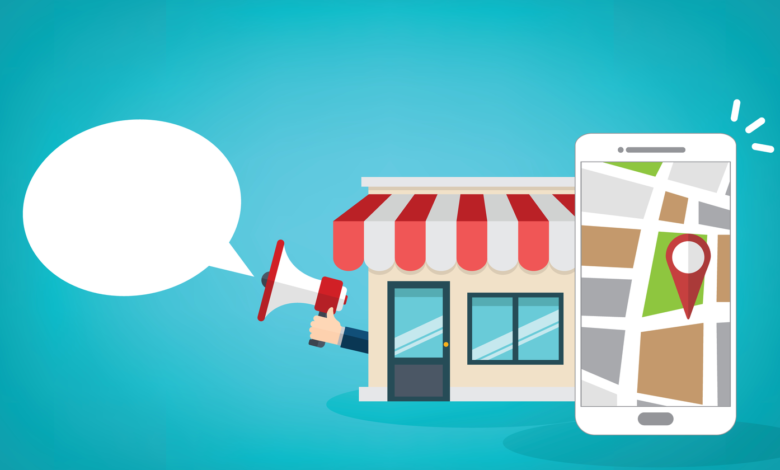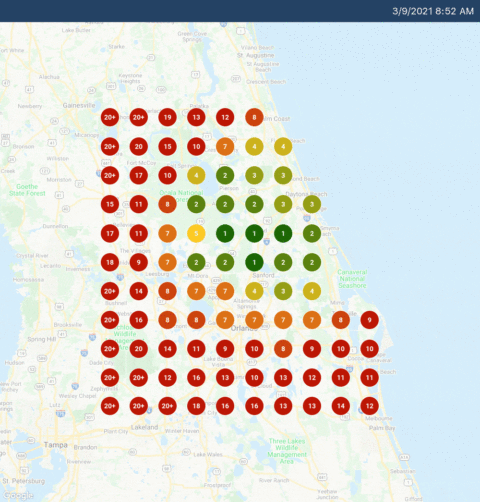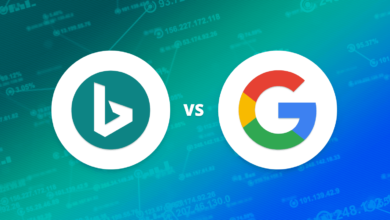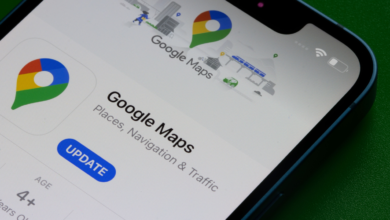5 Key On-Page Optimizations For Local Organic SEO

When most people think of local SEO, they tend to default to Google Business Profile, local citations, and backlinks.
When trying to get “near me” results, these are definitely useful.
However, on-page optimization also plays a significant role in the signals that are sent to search engines to influence your local rankings.
On-page SEO helps you rank higher in organic results and also in MapPack results.
Here are five on-page optimization tips to help boost your local visibility in search.
1. Ensure that your NAP is consistent
NAP is an acronym for Name, Address, and Phone Number.
These three simple pieces of information can make or break your local SEO strategy.
Make sure that these pieces of information are prominently displayed on your site. The footer is a great place to house your NAP because it will appear on every page.
Even connecting it to your Google Map is even better.
You can also display your NAP on service area pages and on your contact page in the body.
Consistency matters. It’s important that this key business information is the same wherever potential clients find you online – and anywhere Google might use comparison to ensure it’s accurate.
This helps crawlers and bots connect the dots between your Google Business Profile, website, and other local citations across the web.
Don’t get lost in subtleties like abbreviations when spelling street names. It really doesn’t matter as long as you pick one and stick with it.
2. Beautify your content on the page
Your site content is an opportunity to show both your customers and search engines that you are the authority in your area for the service you provide.
Include specific details such as landmarks and street names, as well as the services you offer in that area. Explain why the customer needs your service in that specific area.
The more you seem to belong there, the better the user experience will be for your customer.
Think like your customer thinks.
If you were looking for your service near you, what terms would you use?
Will you include the local metro, city, or even neighborhood?
The answers to these questions will help you decide what type of content you need and which keywords to include in that content.
These keywords will help you target both searches combined [dentist in Chicago] GPS-based searches [dentist] while sitting in Chicago.
This is where “near me” searches come into play.
Google matches the user’s location (using IP or geolocation) with sites serving the user’s immediate area to provide these search results.
You can optimize for these keywords on your overall service pages or on target pages created specifically for the service and target service area.
Using your dentist example, let’s say you offer teeth whitening services throughout the Chicago and Southern Wisconsin areas.
In addition to the main Teeth Whitening page, you may have individual Teeth Whitening pages in Chicago, Evanston, Milwaukee, and Racine.
Each of these pages must be highly targeted and optimized for that specific site.
Don’t be shy here. This may be the landing page for many location based searches.
Really tell your customer why they should trust you enough to click to the next page or your CTA.
Don’t forget to do your research.
Customers who live in an area will know common terms and things native to the area.
If you come with half-baked information, they won’t trust that you are authentic and genuinely care about their local area.
3. Improve header tags
We know that header tags are important when it comes to SEO.
If you haven’t explored this topic yet, be sure to check out this resource on best practices for using header tags.
By creating local service pages, you’ve just created additional real estate to generate highly targeted header tags including local keywords + your services.
Having great header tags gives both your visitors and crawlers a basic idea of the overall structure of the page and what to expect as they read the content.
Be careful not to put only keywords in the header tags as this will be unnatural for both visitors and crawlers.
Make it relevant.
4. Internal linking
Use the power of internal linking throughout the site to make both your customer and search engines aware that you are available to serve customers in that local area.
As you add city names to the content on the page, you can use them as a link to service area pages.
You can also get a little creative and create widgets, menus, and blocks with multiple links to your service areas on top-level pages for a little SEO boost.
This may be in the form of a ‘Central Areas We Serve’ block which includes the name of the metro, a photo of the area and a short excerpt.
Then the text links to the site page.
5. Local Business Scheme
Schema markup can help give search engines a better understanding of your site.
the local business planner The type includes important and relevant information such as addresses, reviews, business hours, social media accounts, service area geographic variations, and sections in the code that may not necessarily be present in the content on the page.
This tells bots and crawlers everything about who you are, what you do, where you do it, and why other people trust you without piling it all on the page.
This also gives you more control over the information you post there rather than relying on search engines to discover various resources around the internet.
How will I know if this is working?
Once you have everything optimized and ready to go, you’ll want to see if this really has an impact on your local SEO strategy.
There are many tools available but we will take a quick look at some of them.
Local search results tools
There is no such thing as looking at SERPs directly unless you can look at SERPs in a simulated environment that simulates the local area you are targeting.
This is exactly what you can do with local search results tools like domestic falconAnd the Merkel And the brightlocal.
With these tools, you even have the option to view Google Maps, select options as desktop and mobile, and get a level as accurate as a zip code level.
-
 Shot from Local Falcon, January 2022
Shot from Local Falcon, January 2022
Geo grid local ranking tools
Local geogrid ranking tools such as Local Falcon and local viking It is a bit more visible and monitors map results within a specific area.
These tools are great because you can actually schedule periodic scans that will take a snapshot of your results and keep a record of how well your location is performing locally on Maps all the time.
Since these scans are also keyword based, they are also an effective way to monitor improvements within your content and title tags.
Google Business Profile Analytics
There is nothing like getting information straight from a horse’s mouth.
As you make improvements, if successful, you should see a boost in your Google Business Profile metrics, whether those are clicks to your site, calls, or requests for driving directions.
As your visibility increases, you should naturally see an increase in traffic.
Remember when optimizing for on-page local SEO, keep it simple and relevant to your business.
Once customers see that you offer what they are looking for in their desired site, the rest is normal.
It is your job to make sure that you are providing them with the correct information.
Even with the rapid changes in the local SEO space, a strong on-page strategy is a winner for you and your customers.
More resources:
- 15 Local SEO Mistakes and How to Avoid Them
- 5 On-Page SEO Factors To Check Underperforming Content
- A guide to local search engine optimization
Featured image: MaDedee/Shutterstock




